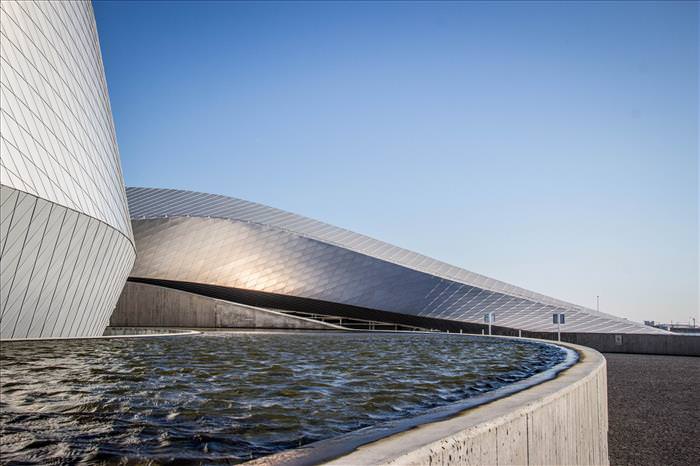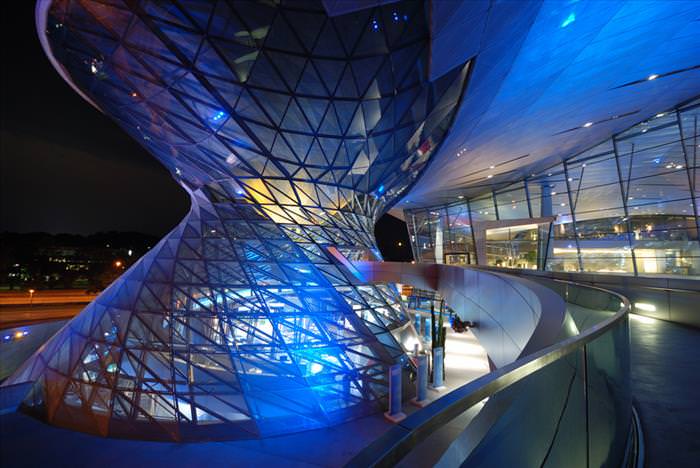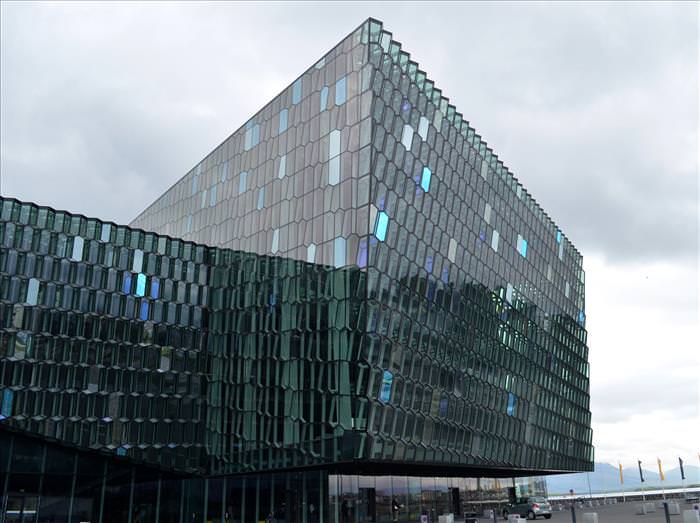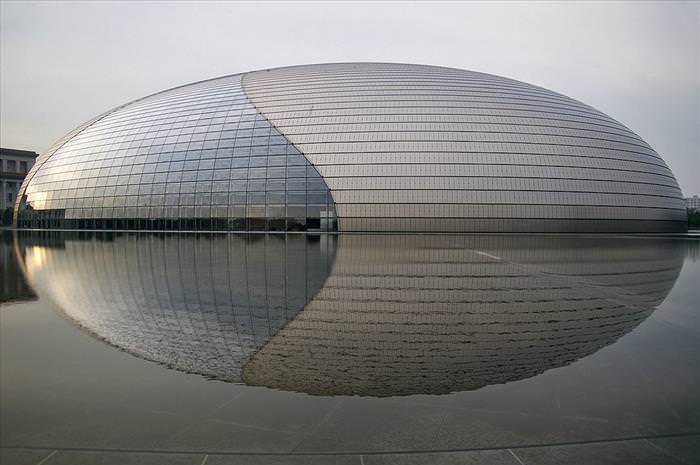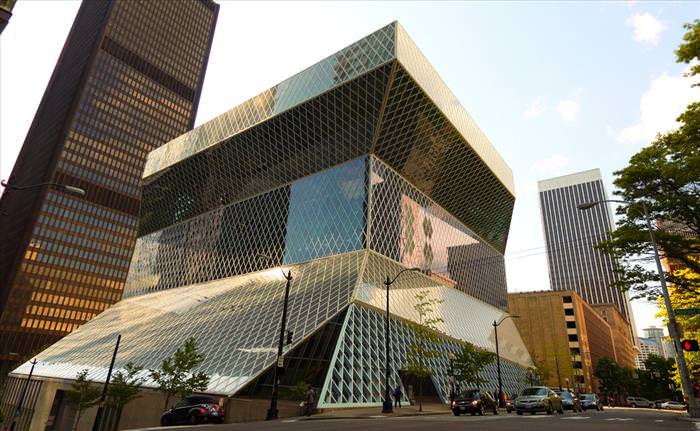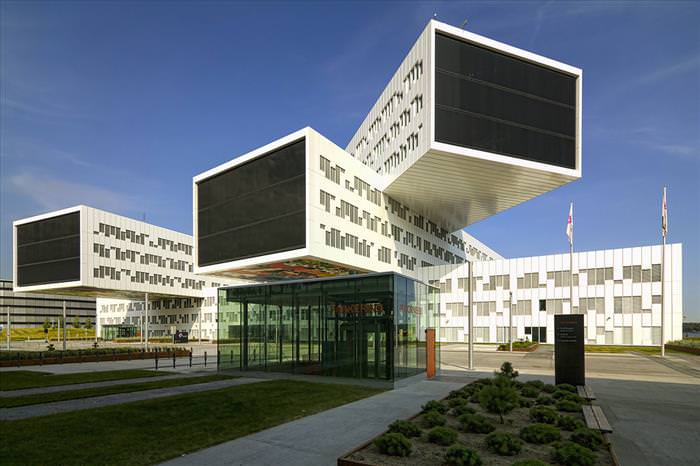1. LONG - TERM PARKING
Someone left their car in the long-term parking at San Jose
while away, and someone broke into the car. Using the information on the car's
registration in the glove compartment, they drove the car to the person's home
in Pebble Beach and robbed it. So I guess if we are going to leave the car in
long-term parking, we should NOT leave the registration/insurance cards in it,
nor your remote garage door opener. This gives us something to think about with
all our new electronic technology.
2. GPS:
Someone had their car broken into while they were at a football
game. Their car was parked on the green which was adjacent to the football
stadium and specially allotted to football fans. Things stolen from the car
included a garage door remote control, some money and a GPS which had been
prominently mounted on the dashboard. When the victims got home, they found
that their house had been ransacked and just about everything worth anything
had been stolen. The thieves had used the GPS to guide them to the house. They
then used the garage remote control to open the garage door and gain entry to
the house. The thieves knew the owners were at the football game, they knew
what time the game was scheduled to finish and so they knew how much time they
had to clean out the house. It would appear that they had brought a truck to
empty the house of its contents. Something to consider if you have a GPS -
don't put your home address in it. Put a nearby address (like a store or gas
station) so you can still find your way home if you need to, but no one else
would know where you live if your GPS were stolen.
3. CELL PHONES:
I never thought of this! This lady has now changed her habit of
how she lists her names on her cell phone after her handbag was stolen. Her
handbag, which contained her cell phone, credit card, wallet, etc., was stolen.
Twenty minutes later when she called her hubby, from a pay phone telling him
what had happened, hubby says, "I received your text asking about our Pin
number and I've replied a little while ago." When they rushed down to the
bank, the bank staff told them all the money was already withdrawn. The thief
had actually used the stolen cell phone to text "hubby" in the
contact list and got hold of the pin number. Within 20 minutes he had withdrawn
all the money from their bank account.
4. PURSE IN THE GROCERY
CART SCAM:
A lady went grocery-shopping at a local mall and left her purse sitting in the children's seat of the cart while she reached something off a shelf/ Wait till you read the WHOLE story! Her wallet was stolen, and she reported it to the store personnel. After returning home, she received a phone call from the Mall Security to say that they had her wallet and that although there was no money in it, it did still hold her personal papers. She immediately went to pick up her wallet, only to be told by Mall Security that they had not called her. By the time she returned home again, her house had been broken into and burglarized. The thieves knew that by calling and saying they were Mall Security, they could lure her out of her house long enough for them to burglarize it.
Moral lesson:
a. Do not disclose the relationship between you and the people in your contact list. Avoid using names like Home, Honey, Hubby, Sweetheart, Dad, Mom, etc.
b. And very importantly, when sensitive info is being asked through texts, CONFIRM by calling back.
c. Also, when you're being texted by friends or family to meet them somewhere, be sure to call back to confirm that the message came from them. If you don't reach them, be very careful about going places to meet "family and friends" who text you.








